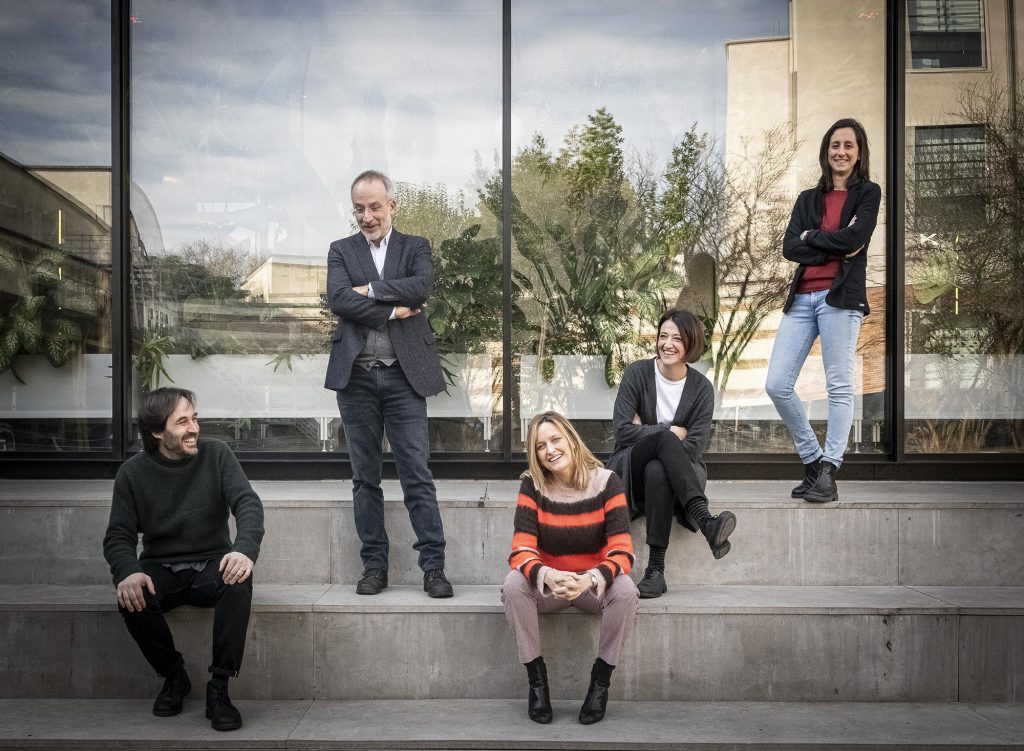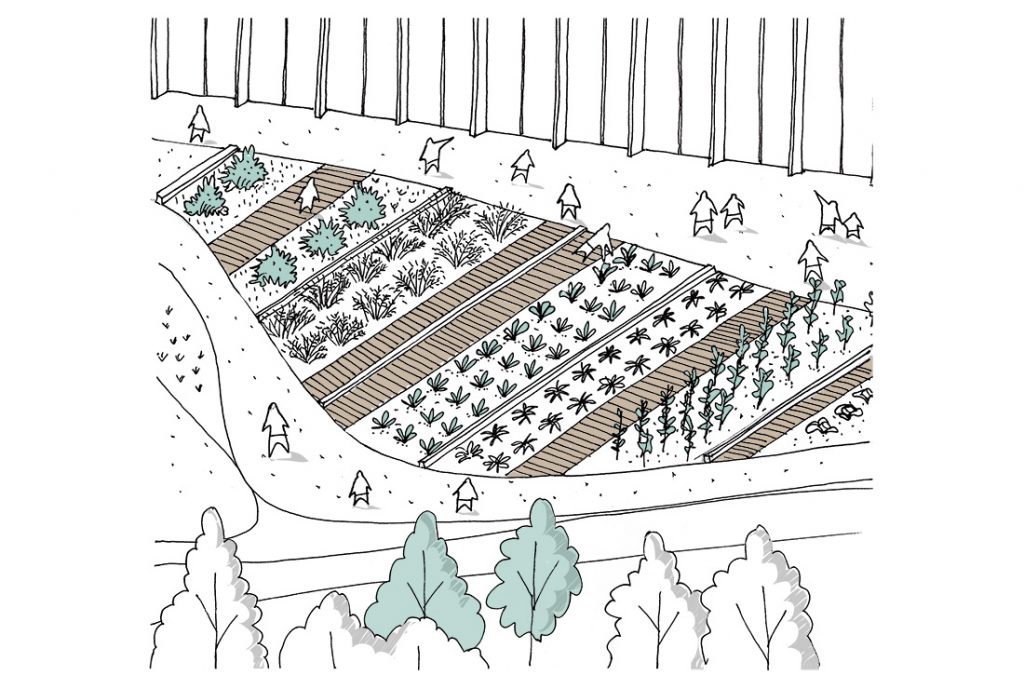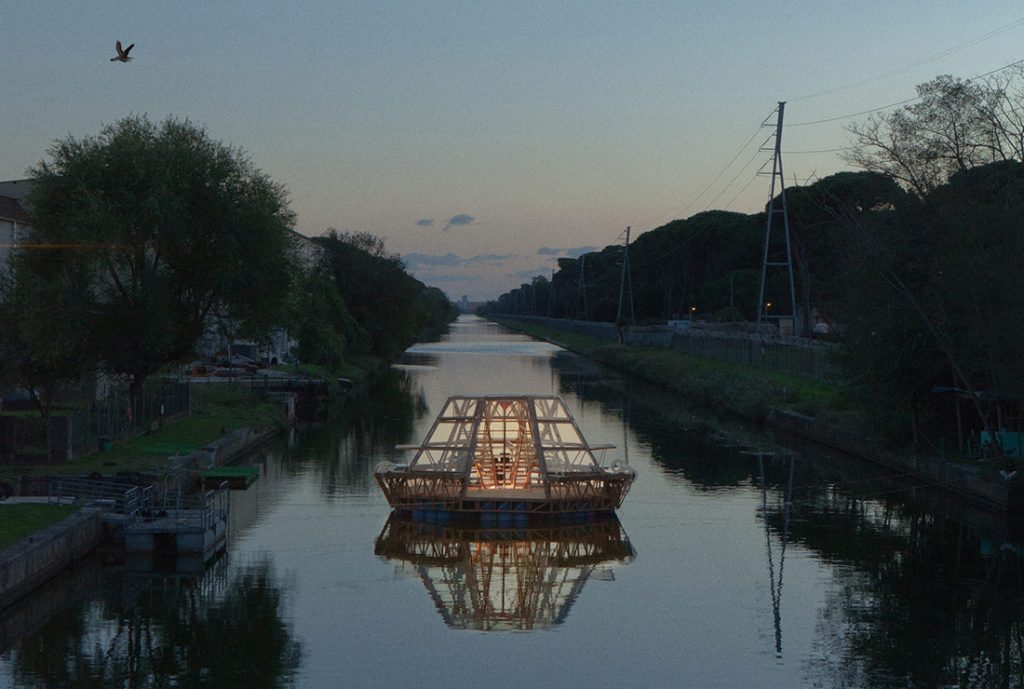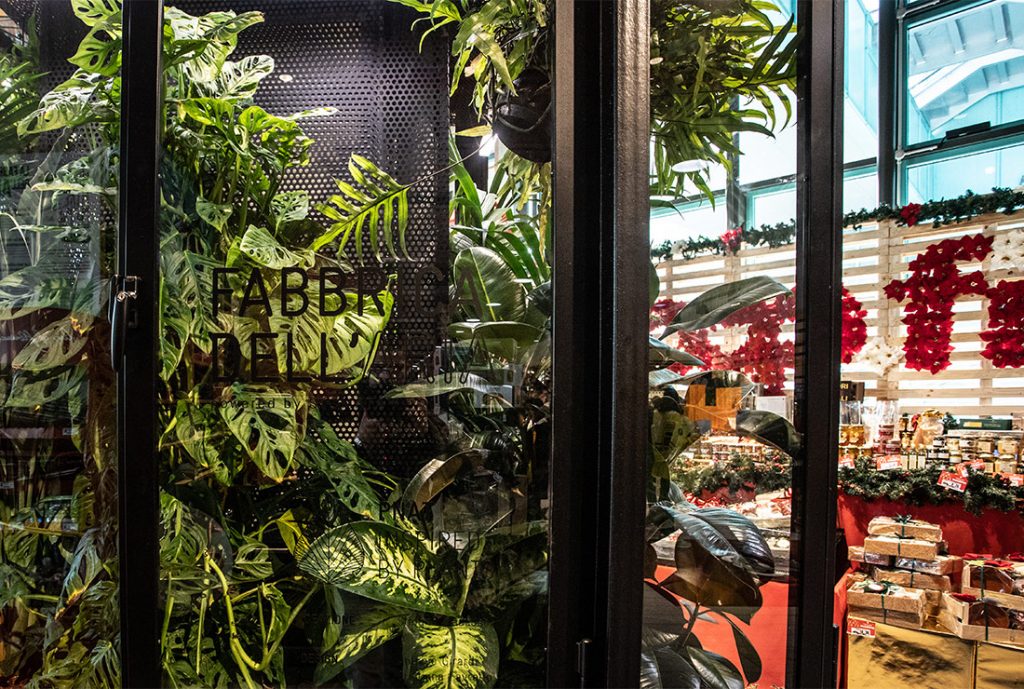We continue to explore design studios dedicated to promoting a sustainable approach to the built environment. We also dwell on the think tank of biologists, designers, and social and environmental scientists known by the acronym PNAT (Project Nature). It is probably enough to mention the name of the co-founder Stefano Mancuso to grasp the relevance that such a reality has earned internationally. He is, in fact, an authoritative scientist and professor, among other things named by the New Yorker as one of the main “world changers” in 2013. Actually, though, in addition to the excellent curriculum of his multidisciplinary team, it is the synergy of skills, studies, passions, visions, and intentions the real driving force of PNAT: biophilia and design innovation are therefore the keywords through which we experience here.
It is worth mentioning from the outset that PNAT is a leader in the field of sustainable design; in fact, it has received several international awards and economic support aimed at sustaining the competitive production of innovative solutions. Among the many, respectively stand out the Compasso d’Oro Award obtained in 2018 and the Brevetti+ contribution from the ERDF, European Regional Development Fund, in the current year.

What does PNAT consist of and what is the vision that drives so much commitment to research and innovation in environmental sustainability?
Founded as a spin-off company of the University of Florence, PNAT is a research, experimentation, and design studio that, by virtue of the achievements of the International Laboratory of Plant Neurobiology (LINV), develops creative strategies through scientific discoveries. As mentioned, the group of plant scientists and designers is led by the director of the LINV, also known as the author of “Verde Brillante”, Stefano Mancuso. It is with him, in fact, that three agronomists/botanists, Elisa Azzarello, Elisa Masi, and Camilla Pandolfi, build innovative scenarios taking plants as their main allies to reconvert contaminated environments. Together with them, then, there are the architects of Studiomobile, Cristiana Favretto, and Antonio Girardi.
Indeed, PNAT develops technological innovation strategies starting from in-depth, cutting-edge research on plant behavior. In fact, taking plant systems as their main reference, they elevate plants to the technological fulcrum of the design solutions with which they advance in the field of innovation. Thus, by combining the functioning of urban settlements with complex natural systems, PNAT is committed to integrating biophilia, sustainability, reuse, zero impact, and flexibility into the built environment.
The goal is to promote synergistic relationships between the natural and artificial environment. Introducing plants into cities, homes, and workplaces is the way they attempt to make our lifestyles more sustainable. Without any doubt, in fact, plants improve the quality of space, climate, and atmosphere. Recovering a cooperative relationship with the plant world, integrating it into daily life, is, therefore, the mission of this study-laboratory.

And, in practical terms, how does PNAT explicate its approach?
The imitation and study of biological processes in order to derive efficient examples of economies of resources and materials is only the starting point for PNAT to address rapid environmental deterioration. Providing consulting services to public and private institutions, planning and implementing small and large scale design solutions, and developing educational and curatorial paths is, in fact, the way PNAT concretizes its commitment to sustainability. In doing so, the urban environment is their main field of intervention. Convinced that cities are the preferential context for the development of our species, they want to upgrade them with plants. This is the only way to promote the prosperity of humans in the urban context.
Specifically, believing that urban agriculture can activate processes of self-sustenance and aggregation within urban communities, PNAT has identified Urban Farming as one of the main areas of research and implementation. Facing the increasing scarcity of soil, energy, and water, in fact, their projects propose new supply models to shorten supply chains and reduce local vulnerabilities. Access to healthy food, the reduction of distribution distances, and greater food security are therefore the cornerstones of the new vision of cities proposed by PNAT.

But that is not all! By developing tools and methods to collect information on the health of cities through plants, PNAT aims to facilitate the lives of Smart City citizens through the efficient, inclusive, and sustainable sharing of data useful for livability. Apparently, indeed, each tree can work as a node of a network capable of providing public administrations with reliable data to guide public interventions, address environmental policies and draw up assessments on the benefits of green.
But is there any way to integrate the plant world into the private built environment as well as the urban context?
“Absolutely!” we answer by consulting PNAT’s website. For example, by adopting phytodepurative technologies, they are able to increase the natural capacity of plants to intercept, absorb and degrade pollutants. This makes it possible to purify and regenerate even the land on which to build. But closer to our daily lives is PNAT’s commitment to addressing the critical issue of air pollution. As they are keen to specify, this doesn’t just affect outdoor spaces. That’s why they apply plant technology to innovation in ventilation and air purification systems. Plants intercept airborne pollutants and incorporate them within their biomass. Roots and leaves work as highly efficient filters, with no limits on durability or need for replacement.
This is how they promote an approach based on recycling, botanical filtration, and continuous monitoring of the concentration of air pollutants. Because from the industrial system to everyday life, every human activity is a source of pollution. In fact, according to the European Union, “air pollution remains the most serious environmental health problem in Europe”. And the air inside buildings, let’s not forget, is generally more polluted than the air outside.

Staying with air pollution, then, how did PNAT draw on plant technology to improve environmental health?
An emblematic project is undoubtedly the Air Factory realized for UniCoop in the Novoli store. The happy outcome of long research on botanical filtration systems presented as a sustainable and efficient alternative for the purification of indoor air in commercial buildings. This was put in place, for the first time, in November 2019. As the name implies, the Air Factory is a botanical filtration model that purifies indoor air without drawing it from outside the building. It is a kind of greenhouse but equipped with Stomata™, an innovative botanical filter patented by PNAT themselves. In short, it provides pure air at a comfortable temperature. It also guarantees considerable energy and economic savings, reducing both operating and maintenance costs.
In traditional purification systems, in fact, the filtration and heating of the air introduced from outside is a particularly expensive activity. Especially if we consider that places with large crowds normally require a constant exchange of air volumes. On the contrary, the botanical filter guarantees a high purifying performance without requiring replacements or disposal of parts. It has no limits of duration and the maintenance of the entire system is easy and economical. Thus, by utilizing the ability of plants to degrade atmospheric agents, the Air Factory has introduced the general public to the psycho-physical benefits of plants.
But the UniCoop’s is not the only case. In December 2020, the fashion brand ESEMPLARE adopted the Air Factory system in its first single-brand store located. This, not surprisingly, is located inside Green Pea in Turin, the first Green Retail Park dedicated to the theme of Sustainability.

And on a domestic, or otherwise private, scale, what form would such a system take?
This has happened already. Back in 2012, Pnat gave birth to Re Watering, a system for growing plants indoors that reduces the consumption of space and water. Composed of three ovules and a ceramic column, it is an object that guarantees the continuous recycling of water. It features, in fact, a hydroponic growing system that purifies the air thanks to the photosynthetic process of plants and their ability to absorb airborne pollutants. As it does not require pesticides or herbicides, it promotes the well-being of people and plants. The white noise produced by the flow of water makes it an ideal tool for recreating relaxing environments for study and work activities.
That said, there is no doubt about the revolutionary scope of the technological solutions introduced by PNAT. Nor is there any doubt about the efficiency of their air, soil, and water purification systems aimed at purifying and improving environmental conditions. All that remains is to delve into their many projects and await the realization of those in progress. Among these, we recommend keeping an eye on the new Urban Jungle pilot project for Prato. It is called FarmPark and it is composed of a high-performance urban greenhouse for the production of vegetables at Km 0, a refreshment area, an area dedicated to music or film events, and a playground!




